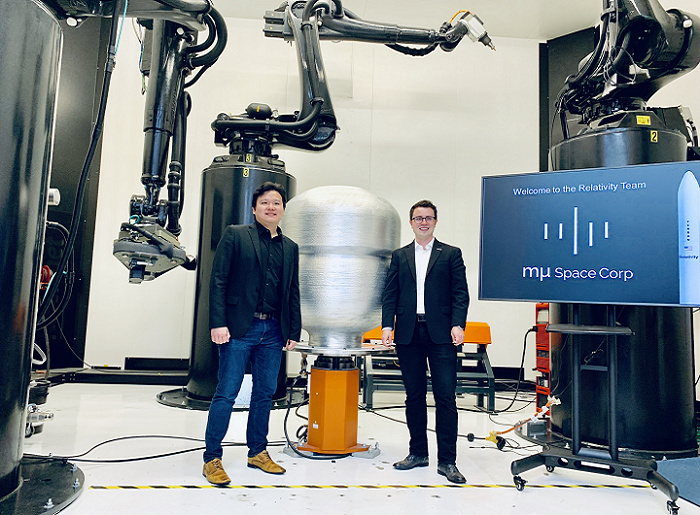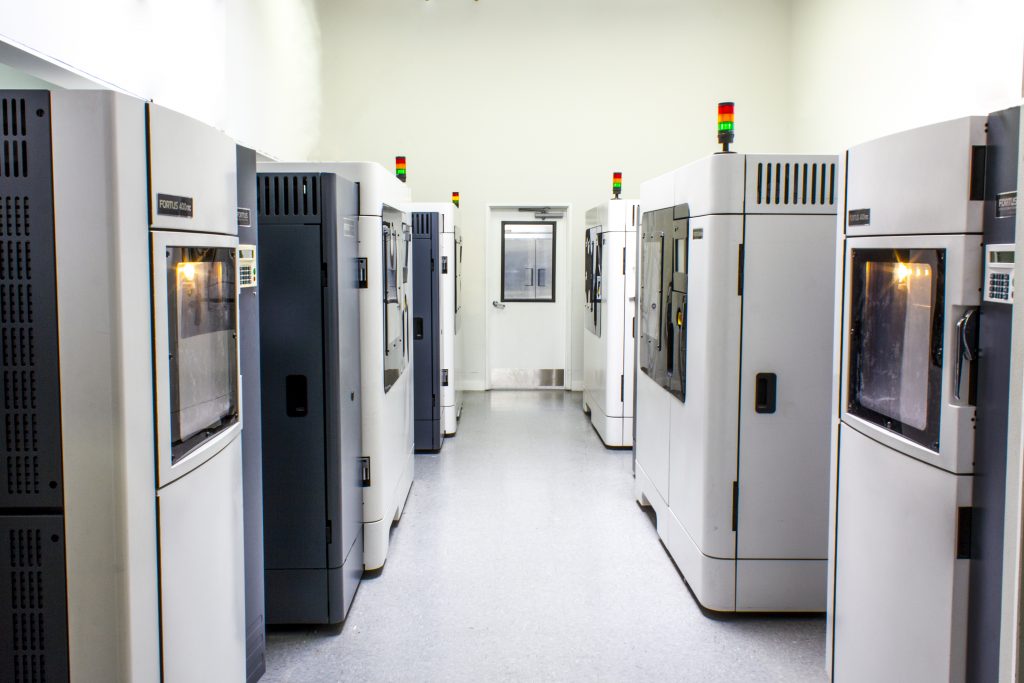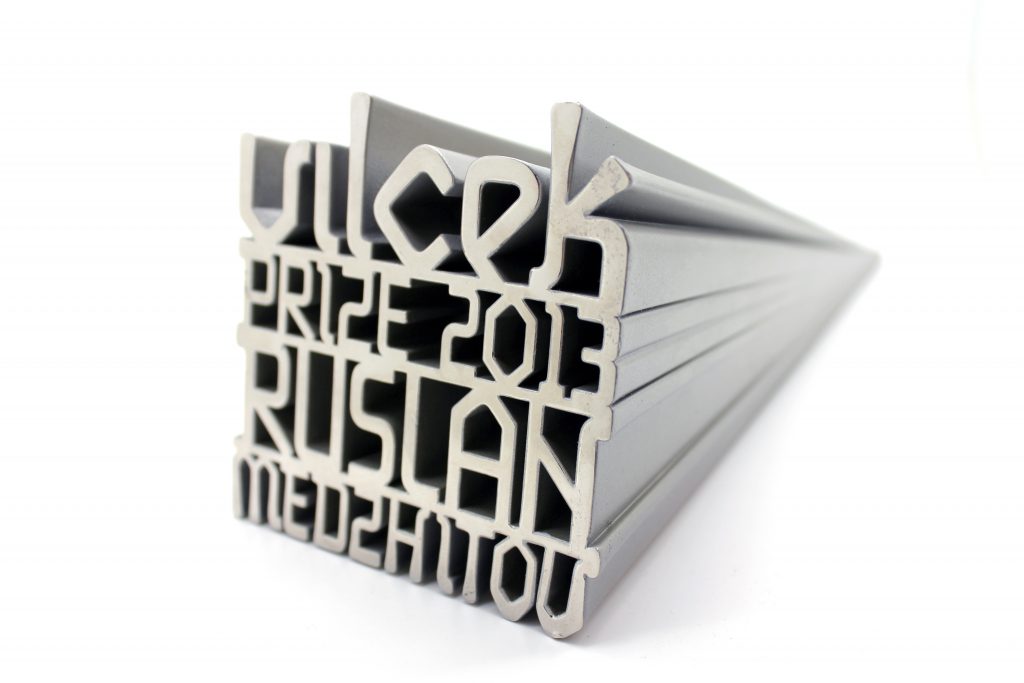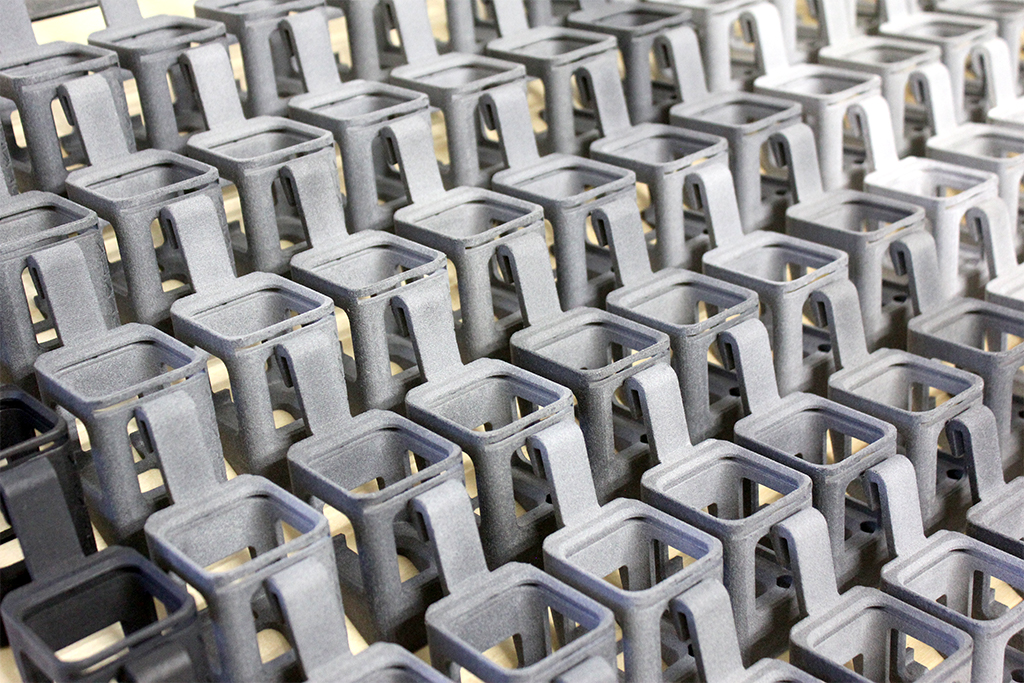We continue to see industrial 3D printing increase in speed, size and capability, while dropping in cost as signs point to its integration into the larger manufacturing industry. This year, there were a number of announcements that reinforce this trend, including mergers, acquisitions, partnerships and product releases.
Service Bureaus
This was one of the more important stories of the year, in this author’s opinion, in that it solidified BASF as more than a periphery agent in the AM space. The largest chemical company in the world had slowly been spready its tendrils into the space, developing materials for companies like HP and then acquiring Innofil3D, Advanc3D Materials, Setup Performance, Forward AM. It also continues to develop materials to new 3D printing processes. In addition to Multi Jet Fusion (MJF), BASF has teamed with Paxis, Impossible Objects and Origin for material development.
With the acquisition of San Francisco- and Paris-based service bureau Sculpteo, BASF has established itself as a major player. The fact that it has also invested $25 million in 3D printing software and service company Materialise indicates that it is making significant bets on the service bureau space, with its materials fueling those efforts.
BASF may be the largest chemical company in the world but it’s not the only materials giant in the 3D printing industry. DuPont, Mitsubishi Chemicals, Covestro (Bayer spin-off), Arkema (spin-out of French oil giant Total), Henkel, DSM, Evonik and others were also very active in the space this year (though of course that is to be expected).
Meanwhile, another service bureau marketplace, Xometry, has continued to grow. After closing a $50 million Series D investment earlier in the year, the startup acquired Europe’s largest on-demand manufacturing marketplace, Shift. This will allow it to expand into 12 new countries and access a network of over 4,000 manufacturers.
GKN has also continued to grow its AM activities, acquiring more metal powder makers and California-based 3D printing bureau FORECAST3D, which complements the group’s existing HP Metal Jet technology with a large fleet of Multi Jet Fusion 3D printers. Additionally, GKN Powder Metallurgy opened a third customer center in Germany and one in Michigan, which also serves as its North American headquarters.
Siemens
After completing what it claims was a successful pilot program, Siemens officially launched its Siemens Additive Manufacturing Network, which allows customers and suppliers to connect for their production needs. It will also integrate HP’s Digital Manufacturing Network and include large manufacturers, including the world’s biggest sporting goods retailer, Decathalon. The tech giant is also working on an end-to-end AM workflow that includes digital inventory, part and cost analysis, production tracking, RFQ processing and scheduling.

Atlas3D is capable of quickly orienting parts and adding support structures to minimize distortion in DMLS.
Siemens also acquired Atlas3D, which has developed a cloud-based software for automatically orienting parts for metal 3D printing and generating support structures through the use of thermal distortion analysis.
HP and GE Additive Continue to Grow
Having already released its flagship series, metal 3D printers and color 3D printers, HP launched its Jet Fusion 5200 Series, meant to be the company’s new production line. The 5200 series is marketed as more productive, accurate, consistent and efficient than the preceding 4200 line. This was followed up with the opening of a new 150,000-square-foot R&D center in Barcelona. HP also announced a partnership with Rösler AM Solutions to develop automated post-processing technology.
GE Additive opened a new 40,000-square-meter campus in Lichtenfels, Germany, which will serve as the new headquarters for Concept Laser. Investing in itself further, GE Aerospace purchased 27 new Arcam electron beam melting systems for GE9X blade production.
Mass Production Technologies
Upon receiving yet another round of massive funding in 2019, Carbon, which boasts its digital light synthesis as capable of mass production, secured new partnerships for the large batch manufacturing of bicycle parts for Specialized and fizik, eyeglasses for JINS, nightguards and splints for Keystone Industries, and car parts for Lamborghini.
Additive Industries also suggests that its modular MetalFAB1 3D printer is suited for mass production and, in addition to selling six of its expensive metal 3D printers to a US aerospace company (and later on a seventh!), it partnered with Airbus and Premium AEROTEC subsidiary APWORKS to further certify its technology for serial production of aerospace parts.
HP’s MJF is also designed for mass manufacturing, which was further demonstrated when Smile Direct Club announced the use of the technology to 3D print over 50,000 dental aligner molds per day.
Niche Sectors
Sectors ripe for additive disruption are starting to gain more attention. In particular, the railway sector has seen more activity related to 3D printing. Stratasys, for instance, partnered with Angel Trains in the U.K. in a pilot program that has 3D printed four passenger armrests and seven grab handles for Chiltern Railways. Europe’s “Mobility goes Additive” network made the first 3D-printed safety-relevant component for rail: a metro brake unit that is already being used in Hamburg, Germany.

mu Space CEO & Founder James Yenbamroong and Relativity Space CEO & Founder Tim Ellis stand in front of Relativity’s Stargate, the world’s largest metal 3D printer.
In addition to rail, the marine and space industries have been impacted by AM. Companies like Relativity Space, Launcher and Rocket Lab (if you count news from last year) are all working on 3D-printed rockets for use in the launch of small payloads. And this is beyond the existing work with mainstream launch companies like United Launch Alliance and Space X. German steel giant thyssenkrupp has also made continuous headway into the maritime field, certifying a facility for 3D printing marine parts and partnering with a large shipping firm for the 3D printing of spare parts.
All of this paints a picture in which 3D printing for end part production is no longer experimental, nor is the entry of large and unique businesses into the space. AM is still far from saturating the much, much, much larger manufacturing industry, but it now has a significant foothold.
The post 2019 Year in Review: Industrial 3D Printing appeared first on 3DPrint.com | The Voice of 3D Printing / Additive Manufacturing.





